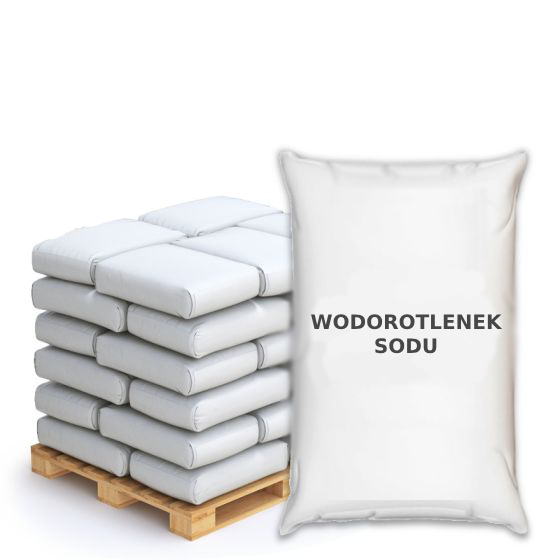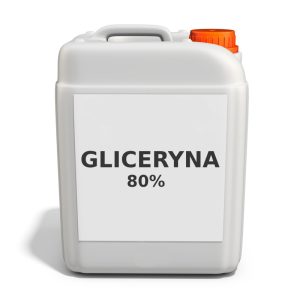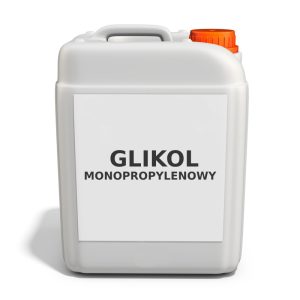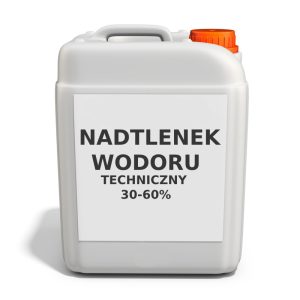Description
CAUSTIC SODA – SODIUM HYDROXIDE
Solubility in water: ≥520 kg/m³ at 25 °C
Molecular weight: 40 g/mol
Hardness: 2.0 on the Mohs scale
Caustic soda, also known as sodium hydroxide (NaOH), is a strong, inorganic base with a monoclinic crystal structure. It is an ionic compound composed of the sodium cation Na+ and the hydroxide anion OH–. It dissolves in water, forming a highly corrosive, colorless and odorless solution that can cause burns.
Sodium hydroxide is a highly reactive substance and is corrosive to metals. It reacts violently with water in an exothermic reaction and is highly hygroscopic. Moreover, it reacts with acids and non-metal oxides, forming sodium salts, and easily reacts with amphoteric metals, releasing hydrogen. Due to its reactive properties, sodium hydroxide is widely used in industry, including the production of detergents, soap, drain cleaners (in the form of granules), water glass, rayon, rubber and in water treatment processes. It requires caution and proper storage to avoid reactions with carbon dioxide from the air. According to ADR regulations (UN number 1823), it is classified as a dangerous good.
Sodium hydroxide in solid form is obtained by producing sodium hydroxide solution and followingly concentrating it by evaporating the water. On an industrial scale, sodium hydroxide is obtained by the chloralkali process, i.e. electrolysis of brine (sodium chloride solution). This process is carried out in special electrolysers with a membrane or diaphragm used to separate the reaction products. A less commonly used and less efficient method is the lime process, in which sodium carbonate (Na₂CO₃) reacts with slaked lime (Ca(OH)₂). The original method of obtaining sodium hydroxide, which was widely used before the introduction of more ecological methods, is the mercury process (mercury amalgam method). It involves the electrolysis of a sodium chloride (NaCl) solution and then the reaction of sodium amalgam with water. However, this process is highly hazardous to the environment due to the toxicity of mercury, even small amounts of which can have serious effects on ecosystems and human health. The mercury process is banned in the European Union, but is still carried out in some countries.






